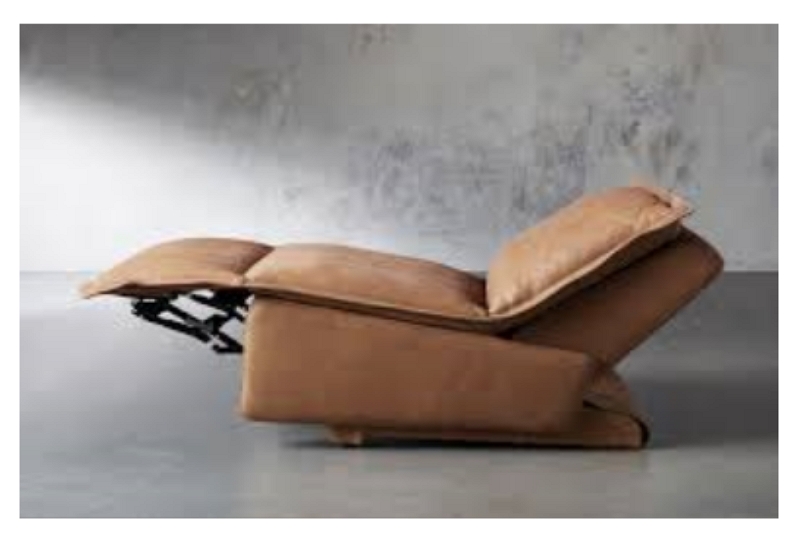The straps for the recliner are often overlooked when it comes to putting on your sheets and flat sheet.
This how-to guide will show you how easy it is to use them in conjunction with the fitted sheet, as well as how they can be used separately from the other bedding pieces.

Steps on Using Sheets Straps for Recliner
Step 1. Lay the fitted sheet on top of the mattress.
Step 2. Make sure it is pulled all the way to each side and that there are no wrinkles or gaps in between its edge and the bed frame.
Step 3. Take one strap, loop it over a corner of your bed where you want to place it (sides), then bring the strap over and loop it around the other corner.
Step 4. Repeat this step for each side of your bed, then tuck in any excess fabric on either end to keep it neat.
Step 5. Lastly, take the remaining strap and put it under one corner or side so that there is a loose section you can pull up with one hand.
Step 6. Then, take the looped end of the strap and put it over the other corner or side so that it is now in a tight position.
Step 7. Tighten up your sheet straps to how you want them tightened for best use with an adjustable bed frame.
What are Sheet Straps?
Sheet straps are a simple way to provide extra support for your sheets on an adjustable bed frame. They are made of cotton webbing with one long and two short loops at the end, which can be pulled up from either side or underneath so that there is always some slack when you need it.
There’s also a convenient strap holder in the middle where you can tuck your straps when they’re not in use.
Advantages of Using Sheets Straps for a Recliner
Sheets straps offer a great solution for how to use sheets when you have an adjustable bed frame and your headboard will not stay in place. They are easy to use, inexpensive, and can be used with any size sheet or blanket simply by adjusting the strap’s length.
How to Vacuum a Recliner with Sheets Straps
First, gather up all your straps and tuck them away into the strap holder. Next, vacuum around both sides of the recliner until you have reached the back. You can also use a hand-held attachment to clean any areas in between or under cushions that are difficult to reach by using arm thrusts
Tips for how to use sheets straps for recliner
Sheets Straps are most often used to keep a person’s head from sliding down during sleep, or when they’re not in use.
When using Sheets Straps how to make sure the strap is long enough by choosing one that will go around your body and tie at the back of your neck so that the strap is snug and not loose.
Sheets Straps are most often used to keep a person’s head from sliding down during sleep, or when they’re not in use. When using Sheets Straps how to make sure the strap is long enough by choosing one that will go around your body and tie at the back of your neck so that the strap is snug and not loose.
The Sheets Straps can be used to lift a person from their knees into a sitting position, how to secure sheets straps for a recliner, or how they are secured in between cushions that are difficult to reach by using arm thrusts.
How to Deep Clean a Recliner Chair
How to Deep Clean a Recliner Chair: how to wash the fabric cover, remove stains from cloth or vinyl with different solutions. The deep cleaning process is often necessary for removing bacteria and other contaminants that can build up over time on your chair’s surface.
To start you need to mix either white vinegar or hydrogen peroxide in water. Use this solution to scrub any stained areas with a brush or sponge.
After you have removed the stains, rinse off your chair and use an upholstery cleaner as directed on how to deep clean recliner chair instructions.
How to Shampoo A Recliner Chair
How to Shampoo A Recliner Chair: how to remove odors and bacteria from your chair’s upholstery. The first step is usually the most time-consuming but also the best for removing any bad smells or infections that can build up over time on a reclining chair.
Start by vacuuming all of the cushions, including zippers and seams, to remove any loose particles or hair that might have collected over time. Next, take a solution of water mixed with either white vinegar or hydrogen peroxide.
Use this solution to scrub any stained areas with a brush or sponge. After you have removed the stains, rinse off your chair and use an upholstery cleaner as directed by the manufacturer to remove any lingering dirt.
Next, it is important to dry your chair thoroughly. Start by removing all of the cushions and drying them in a place where they won’t get wet or dirty again.
Next use a towel soaked with water (or if you have access to an electric fan then that can work too) placed on the back of the chair, and use another towel to soak up any excess water.
